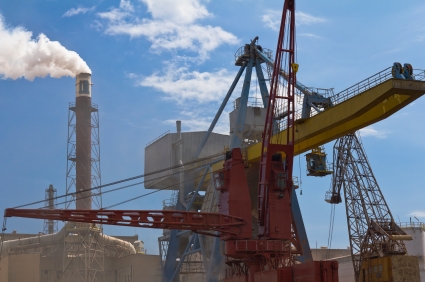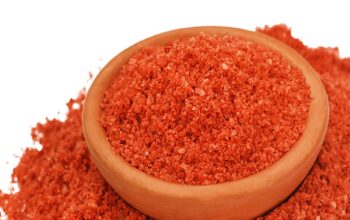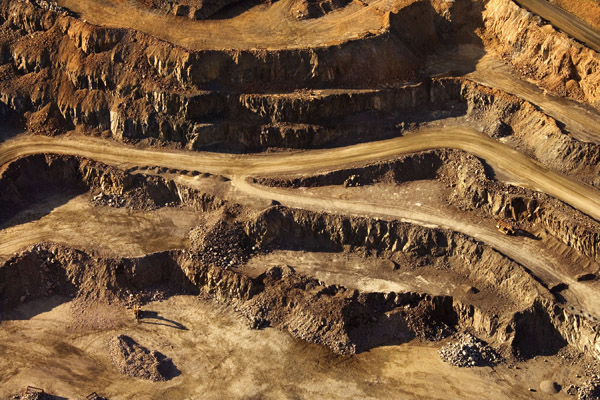Puneet Parikh (New Delhi, India)
Over the past one year, the COVID-19 pandemic has caused significant impacts to lives and livelihoods around the world, wreaking havoc with earlier predictions about future developments in the phosphate rock market. Phosphate prices kept rising since mid-2020, due to tight supply and an uptick in demand amid pandemic lockdowns, reversing a year of losses. With robust global demand for agricultural products – the one sector that saw relatively limited impacts from COVID-19 – and supplies that struggled to keep pace, agricultural commodities witnessed sharp recoveries most notably in the second half of 2020 and that have also continued in early 2021. As a consequence, fertilizer prices have recovered, driven by a tightening of the global supply/demand balances for phosphorus, coupled with buyers returning to the market in full strength once it was perceived that prices had indeed “bottomed out” and demand improved across most regions.
As supplies struggled to keep pace with demand, with COVID-19 measures restricting output in some locations and some newer facilities underperforming expectations while trying to ramp up production, the price of diammonium phosphate (DAP) shot through the roof. By December 2020, the value of DAP in the United States had added 58% to its value, rising from US$245 per metric ton (MT) to US$388.50, while Chinese DAP also registered a 45% year-over-year gain. “Price started 2020 at decade-long lows,” explains Chris Lawson from CRU Group, adding that “all global benchmarks increased significantly through the year.” In top phosphate producer China, COVID-19 was a significant factor in changing the valuation of phosphate, as strict lockdowns in the country in the first quarter of 2020 led to supply challenges, ultimately pushing prices higher from April onward.
“Most of the major phosphates producers in China, a significant global supplier, are based in Hubei, where the pandemic first broke, and plants started closing in the region at the end of Q1,” said Sylvia Traganida, senior phosphates editor at ICIS Fertilizers. “As a result, most other phosphates producers, like Morocco, Saudi Arabia and Russia, increased their DAP offers due to the tight availability out of China.” Subsequent shipment and transport disruptions continued to weigh on supply, pushing DAP prices higher. Also India, a large phosphate importer and producer, was faced with severe supply chain disruptions and growing prices, due to the surging demand and tightening of the market. But despite being the hardest-hit country initially, China’s phosphate market started to recover by H2 2020, a factor that aided phosphate price activity during the rest of the year.
Meanwhile, in another major market, the United States, COVID-19 wasn’t the only large-scale event to impact the phosphate sector last year. In June, top US producer Mosaic filed petitions with the US Department of Commerce, requesting a countervailing duty investigation into phosphate fertilizer imports coming from Morocco and Russia, both of which are top five phosphate-producing countries. In February, the Department of Commerce announced its final determination that phosphate fertilizer imports from the two countries are unfairly subsidized. It calculated a subsidy rate of 19.97% for Moroccan producer OCP while it set a subsidy rate of 9.19% and 47.05% for the Russian producers PhosAgro and EuroChem, respectively, and a rate of 17.2% for all other producers/exporters. While the price of US DAP was US$273 in June 2020, after the filing, prices rose to US$305 in July and continued to trend higher.“As a result of the petition and the preliminary duties, phosphate trade flows have shifted, and prices in the US and elsewhere have rallied sharply,” said Lawson. “The US duties are expected to give an opportunity to more producers to ship product to the US, like from Egypt, Mexico, Jordan, Saudi Arabia and China,” Traganida added. “Also, new production capacity is expected to come onstream in 2021 in Morocco and Egypt.”
Looking at 2021, what factors are and will be at play this year, what key drivers should we watch and how will phosphate markets likely develop in 2021? Also, will the factors that drove fertilizer prices higher in 2020, persist also in 2021? Two main factors that drove fertilizer prices higher in 2020 were: Firstly, markets having likely overshot to the downside in 2019 and early 2020, so it was rather inevitable that prices were poised to recover at least somewhat last year. Secondly, and most importantly, there was a tightening of the global supply/demand balance for phosphates. In early 2020, agricultural commodity prices were rather lackluster, with the per bushel prices of the 2020 new crop contracts standing at $5.01 for wheat, $9.79 for soybeans, and $3.86 for corn on the CME. In early 2021, however, new crop 2021 prices were up by +21% for wheat, +14% for soybeans and +13% for corn. Nearby contracts were even more impressive to start the year, with corn approaching the $5 per bushel threshold and soybeans over $13.
Higher agricultural commodity prices and the resulting improvement to grower economics pushed on-farm demand for phosphate fertilizer products higher in markets around the world. With farm economics looking very solid worldwide, and assuming normal weather, demand for phosphate fertilizer will continue to be strong for the rest of 2021. Despite the sizable increase in phosphate fertilizer prices seen over the past year, the current ratio of a wholesale fertilizer price index and a crop price index and also the crop nutrient affordability metric suggest that fertilizer prices remain very affordable at the moment and thereby should provide a very attractive value proposition to growers. In the US, the wholesale DAP price Fob NOLA bottomed out in December 2019 at $236 per ton, its lowest level since 2006, before starting to work its way higher in 2020. Then prices had risen from a NOLA DAP price of about $275 per ton in late June to about $360 per ton by the end of August, flipping the discount to international prices that had previously prevailed into a meaningful premium. International prices will likely continue to rise throughout 2021, as demand has picked up and with global supplies tightening, despite the fact that the Moroccan and Russian producers are diverting volumes away from the US and into these international markets.




